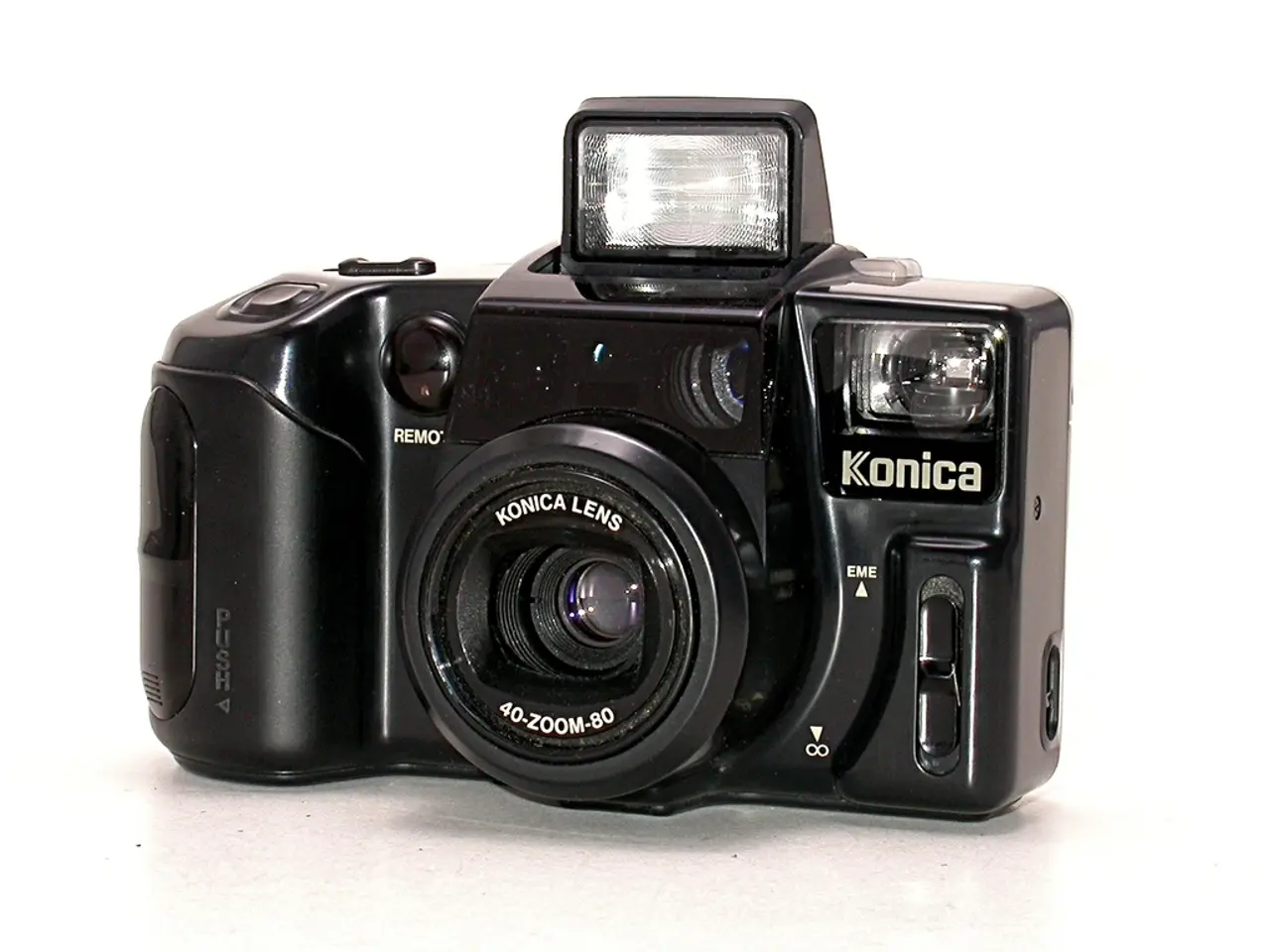Identifying and Comprehending DRI (Detect and Recognize Identifier): An Explanation of Its Functioning
In the realm of drone technology, a crucial measurement standard known as DRI (Detect and Recognize Identifier) is gaining prominence. This metric serves to evaluate the performance of drone camera systems, particularly in missions requiring standoff observation or night-time visibility.
DRI is a multi-factor process that assesses a sensor's ability to detect, recognize, and identify objects at various distances. The principles underpinning DRI calculations often draw from military or defense sensor performance models, taking into account sensor optics, resolution, atmospheric conditions, and target characteristics to establish achievable detection, recognition, and identification ranges.
For imaging sensors like those found on drones, capabilities such as detection, recognition, and identification depend on several factors:
- Sensor resolution and optics quality: Higher resolution and better magnification lenses or zoom increase DRI distances.
- Environmental conditions: Visibility, weather, and lighting conditions affect the effective DRI ranges.
- Target size and contrast: Larger or hotter targets are easier to detect and identify using optical or thermal imaging.
- Algorithms: Computer vision and machine learning methods play a role in recognition and identification by analyzing image data.
In military and surveillance domains, DRI distances can be estimated using standard empirical models like the Johnson Criteria or NATO STANAG 4347, which relate the number of resolution pixels covering a target to its detect, recognize, and identify ranges. These methods factor in sensor parameters (pixel size, focal length), platform altitude/speed, and the target's dimensions.
Manufacturers determine DRI values using models like the Johnson Criteria, which estimate the number of pixels needed across a target for each level of identification. DRI is essential for operators to match sensor performance with mission requirements, helping to prevent unnecessary risk and wasted flight time.
In civilian drone operations, DRI plays a significant role in tasks such as inspection, public safety, and search-and-rescue. For instance, the public safety department may select a drone with a longer human detection range (1,000 meters) for operations in wide-open rural areas.
Jacob Stoner, CEO of Flyeye.io, is a licensed commercial drone operator in Canada with expertise in the drone industry. Mark Blanks, the Head of Global Flight Operations at Wing, a company specializing in drone delivery services, is another key figure in the drone community.
It is important to note that DRI is not the only important term related to drones. Other terms include DOP (Dilution of Precision), RPAAS (Remotely Piloted Aircraft as a Service), UAVM (UAV Middleware), FOC (Full Operational Capability), and CNP (Cellular Network Provider).
In conclusion, understanding DRI values is crucial for both professional and civilian drone applications, including law enforcement, utility companies, and wildlife research. While higher DRI values offer potential for better performance, real-world results still depend on weather, altitude, and sensor calibration. Different thermal and optical cameras have different DRI values due to resolution and imaging differences. DRI consists of three levels: detect, recognize, and identify. Jacob Stoner, with his keen interest in the potential societal impact of drone technology advancements, is a highly respected figure within his local drone community.
Data-and-cloud-computing technologies can be leveraged to enhance drone performance by optimizing DRI calculations and improving machine learning algorithms for object recognition and identification. The versatility of cloud-based platforms allows for real-time analytics, facilitating better decision-making and strategic planning in various drone applications.
Technological advancements in the field of data-and-cloud-computing, such as edge computing and AI, can contribute to the development of more sophisticated sensors and drone systems, enabling longer DRI ranges, improved resolution, and enhanced operational capabilities. These advancements not only benefit military and surveillance operations but also extend to civilian uses like search-and-rescue, public safety, and environmental monitoring.




